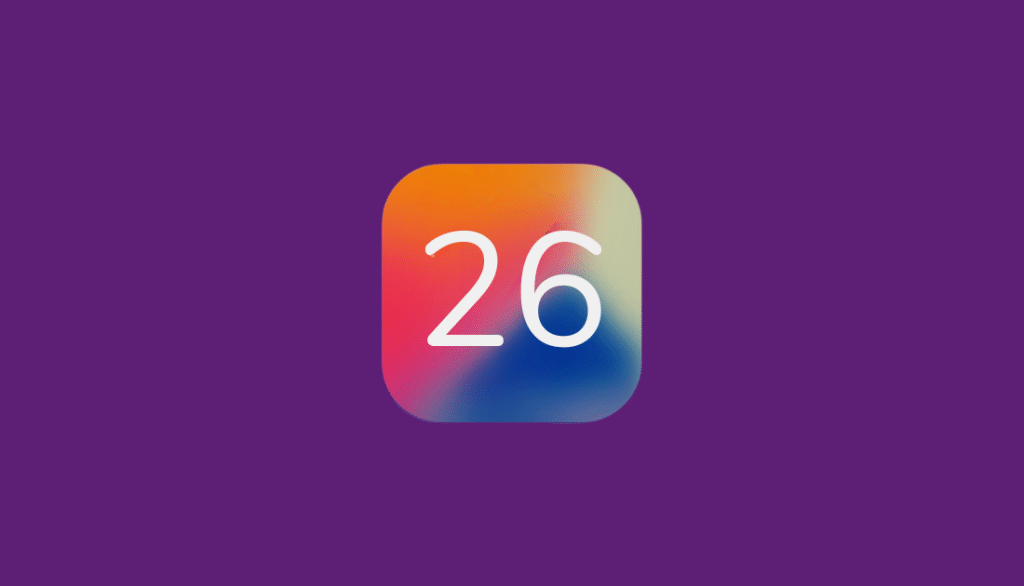Apple may be preparing to introduce a significant change to the way it names its operating systems. According to a recent report, the company could unveil a new year-based naming strategy during its Worldwide Developers Conference (WWDC) 2025 on June 9.
Highlights
- iOS 19 may launch as iOS 26, reflecting a new year-based naming strategy that aligns OS versions with the calendar year of release.
- Reported changes will apply across platforms, including iOS, macOS, iPadOS, watchOS, tvOS, and visionOS — aiming to unify versioning across the Apple ecosystem.
- New naming scheme inspired by the auto industry, where model years are used instead of sequential version numbers.
- “Solarium” redesign expected, bringing a modern UI refresh inspired by visionOS — Apple’s most significant visual overhaul since iOS 7.
- New features rumored for iOS 26: deeper AI integration, improved Siri, battery optimization, live translation with AirPods, enhanced accessibility tools, and Stage Manager for USB-C iPhones.
- A new game hub may replace Game Center, offering a centralized space for gaming activity, friend interactions, and Apple Arcade integration.
- Strategic branding move: Apple may be positioning its OS lineup for greater clarity, cohesion, and cross-device synergy in response to increasing ecosystem complexity.
- WWDC 2025 set for June 9: Apple is expected to confirm or deny the versioning shift during its keynote, along with unveiling the next-gen software updates.
This change would mark one of the most notable branding shifts for Apple’s software platforms in recent years.
If implemented, the new naming convention would align software versions with the calendar year of their expected public release. For example, what has been widely expected as iOS 19 might instead launch as iOS 26, corresponding to 2026 — the year it will be rolled out to users.
Consistency Across Platforms
The change, first reported by Mark Gurman at Bloomberg, is said to affect Apple’s entire operating system lineup — including iOS, iPadOS, macOS, watchOS, tvOS, and visionOS.
Currently, Apple uses different version numbers across its platforms, which has occasionally caused confusion among developers and users. For instance:
- iPhones run on iOS 18
- Macs use macOS 15
- Apple Vision Pro operates on visionOS 2
Despite all of these being released in the same general timeframe, the version numbers are not synchronized. A year-based format could address this fragmentation and make the platform ecosystem appear more unified and predictable.
Rumored Version Changes (If Aligned to 2026):
- iOS 19 → iOS 26
- iPadOS 19 → iPadOS 26
- macOS 16 → macOS 26
- watchOS 12 → watchOS 26
- tvOS 19 → tvOS 26
- visionOS 3 → visionOS 26
The new naming scheme reportedly mirrors the automotive industry, where products are typically labeled based on the upcoming model year rather than the current one.
‘Solarium’ UI Redesign Inspired by visionOS
Beyond the naming convention, Apple is also expected to introduce a major visual overhaul in this year’s OS updates. Internally codenamed “Solarium,” the redesign is said to draw inspiration from visionOS, the software powering the Apple Vision Pro headset.
The update will reportedly feature a cleaner, more modern aesthetic, representing the most significant design refresh since iOS 7 in 2013. The redesign is expected to extend across iPhone, iPad, and potentially other platforms.
Features Expected in iOS 26
Apple’s next mobile OS update may also include deeper AI integration and several functional upgrades:
- AI-driven battery optimization
- Smarter, context-aware Siri with improved voice control
- Enhanced accessibility tools, such as braille support and improved live captions
- Real-time language translation via the Translate app when using AirPods
- Stage Manager for USB-C iPhones, supporting multitasking on external displays
New Gaming App to Replace Game Center
Apple is reportedly developing a new gaming hub to replace the long-standing Game Center. The new app is expected to include:
- Tabs for “Play Now,” friends, and owned games
- Editorial content and curated game suggestions
- Integration with Apple Arcade and the broader App Store
- Features such as leaderboards, achievements, and game challenges
Branding Meets Platform Cohesion
The reported shift in versioning is part of a broader effort by Apple to streamline its platform identity — both for end users and developers.
In an era of increasing software complexity and multi-device integration, a clear and uniform naming system could improve both communication and perception across Apple’s ecosystem.
This change would also come at a time when tech competitors are emphasizing AI-first OS features. A unified branding strategy might help Apple better position its platforms in the growing conversation around platform-level intelligence and ecosystem coherence.
All eyes are now on WWDC 2025, where Apple is expected to preview the next generation of its operating systems.
Whether the company confirms the new naming strategy or sticks to tradition, the conference is likely to set the tone for the next phase of Apple’s software roadmap heading into the latter half of the decade.


